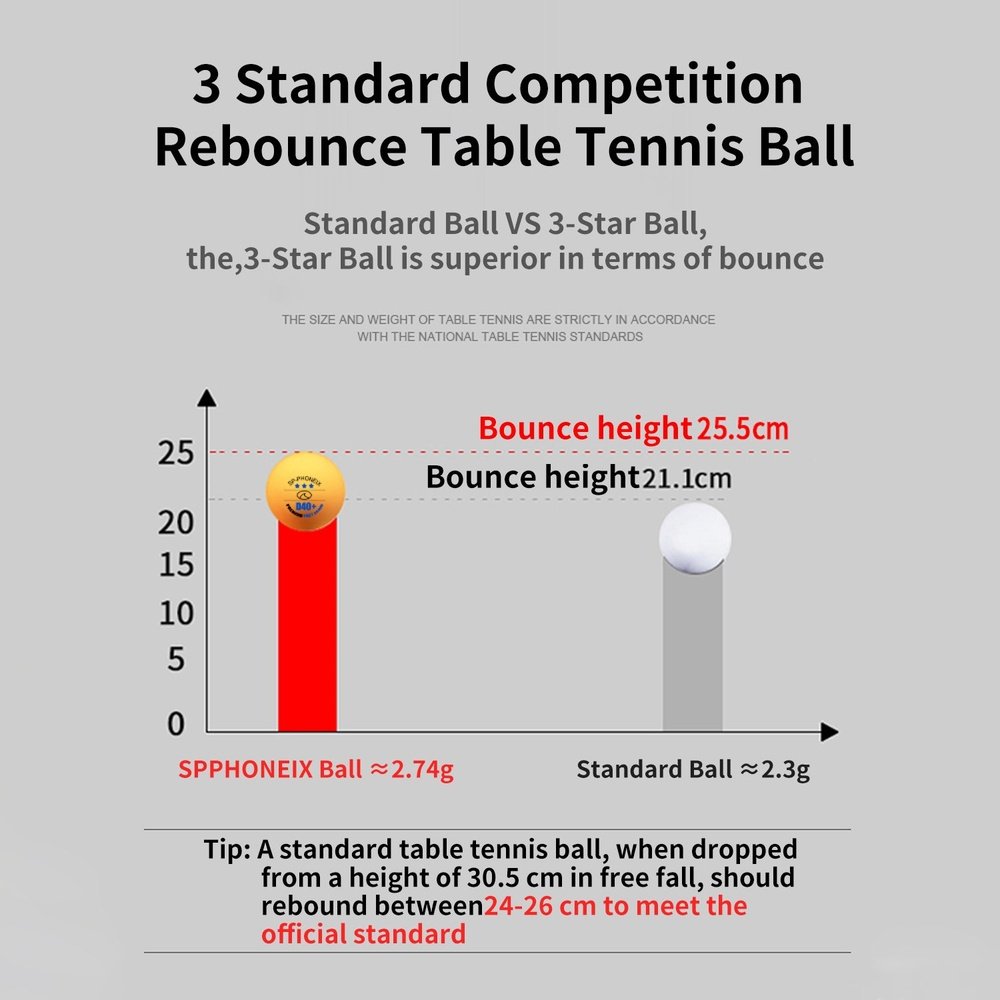BUILD A MORE RELIABLE GOLF SWING
Every golfer dreams of owning a smooth, dependable swing—one that feels natural and produces solid contact time after time. The truth is, consistency doesn’t come from complicated mechanics or flashy techniques. Instead, it grows from mastering the fundamentals and practicing them with confidence and intention.
In this blog, we’ll walk you through a series of simple, practical swing tips that can help you play more consistently and enjoy the game even more. Whether you’re a new golfer working on the basics or a seasoned player aiming to refine your rhythm, these easy-to-apply techniques will help you build a swing that feels fluid, balanced, and repeatable.
Let’s get started!

Table of Contents
-
Why a Consistent Golf Swing Matters
-
Start with Balanced Setup
-
Keep Your Grip Simple and Stable
-
Smooth Rhythm Beats Raw Power
-
Finish with Purpose
-
Practice with Intention
-
Build Confidence Through Repetition
Why a Consistent Golf Swing Matters
From weekend golfers to top-level professionals, everyone has experienced the frustration of an unpredictable swing. Consistency doesn’t just mean repeating the same motion every time; it also means trusting your technique. When you work on stabilizing your swing and invest time in refining your fundamentals, you’ll gain confidence because your results become more predictable and easier to adjust.
There is no such thing as a universally “perfect” golf swing. What does exist is a swing that suits you—one you can comfortably and confidently repeat. Developing this repeatable motion is what turns average rounds into excellent ones and makes the game far more enjoyable.
Start with Balanced Setup
Your setup influences every part of the swing, so getting into a balanced position is essential before you even take the club back. A stable stance creates the foundation for consistent contact and smooth tempo, no matter which club you’re using.
Stand with your feet about shoulder-width apart and your weight evenly distributed. Keep your knees slightly flexed, tilt forward from your hips, and maintain a straight—but relaxed—spine. This athletic posture allows you to rotate freely while staying in control.
Alignment matters, too. Set the clubface square to your target line, then align your feet, hips, and shoulders parallel to it. Imagine standing on a set of train tracks—the ball and target are on the outside rail, and your body is on the inside rail.
A good setup may seem simple, but it’s the foundation that keeps the rest of your swing working together.
Keep Your Grip Simple and Stable
Your grip is your only physical connection to the club, which makes it one of the most influential elements of your swing. A simple, neutral grip gives you better control, improves feel, and encourages a more natural motion.
There’s no single grip that works for every golfer, but many players thrive with a neutral position. Let the handle rest diagonally across your fingers rather than in your palm. When you look down, you should see two to three knuckles on your lead hand (left hand for right-handed golfers), while your trail hand fits comfortably underneath.
Grip pressure is equally important. Holding the club too tightly stiffens your arms and shoulders—two major enemies of a fluid swing. Think of gripping a tube of toothpaste: firm enough to hold, but not so tight that you squeeze anything out.

Smooth Rhythm Beats Raw Power
A common mistake among golfers is trying to force distance by swinging harder. In reality, power comes from rhythm and sequencing—not brute strength. When your swing follows a smooth, balanced tempo, the club can work as it’s designed to, creating effortless speed and accuracy.
Picture your swing as a pendulum. Every part should move together without jerky motions or rushed transitions. A steady takeaway leads to a controlled backswing, setting up a natural increase in speed as you return the club to the ball.
Finish with Purpose
A balanced, complete follow-through is more than just a nice pose for photos—it’s evidence that everything before impact was performed correctly. A proper finish shows that you’ve rotated fully, shifted your weight to your lead side, and maintained rhythm throughout the swing.
After impact, your belt buckle should face the target, your trail heel should be off the ground, and your hands should finish high. Rushing or cutting off your follow-through often leads to loss of balance or forced direction control.
Think about swinging through the ball, not just to the ball. This mindset creates a more effortless motion and helps maintain a consistent swing path.
Practice with Intention
Everyone knows the phrase “practice makes perfect,” but it’s purposeful practice that truly elevates your game. Simply hitting balls without a plan won’t help you build a dependable swing.
Each practice session should have a clear goal—maybe improving grip pressure, working on balance, or refining your tempo. Focusing on one element at a time prevents overwhelm and supports steady progress.
Even professional golfers rely on structured routines to reinforce the same key fundamentals. Bring purpose to your practice, track your progress, and the consistency will follow naturally.

Build Confidence Through Repetition
Confidence comes from repetition—repeating movements often enough that they become second nature. The more frequently you rehearse good fundamentals, the easier it becomes to trust your swing on the course.
With consistent training, your body will begin to memorize the motions that produce reliable results, reducing anxiety and improving performance in real play situations.
Summary
A consistent golf swing doesn’t depend on complicated techniques—it’s built on solid fundamentals and intentional practice. By starting with a balanced setup, using a simple and stable grip, and prioritizing smooth rhythm over brute force, golfers can create a swing that is both reliable and repeatable. A purposeful follow-through reinforces proper mechanics, while focused, goal-driven practice helps build muscle memory and long-term confidence. With steady repetition and clear intention, any golfer can develop a swing that feels natural, predictable, and enjoyable on the course.



















Leave a comment